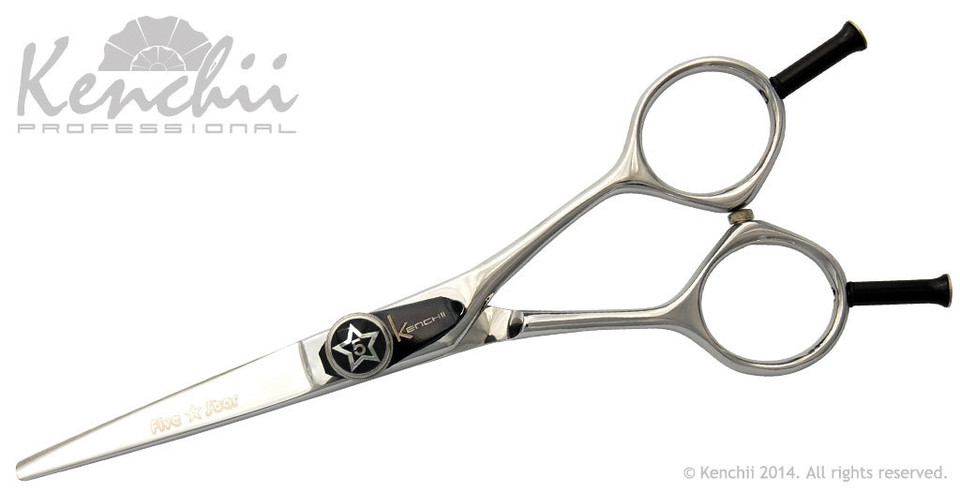How To Choose The Right Size And Handle For Hair Scissors
2nd Mar 2020
Hair cutting scissors can have a significant impact on how you can channel your skills into results. Therefore, finding the correct length and blade of the hair scissors will be crucial. Many people believe that the key factor in making such decisions is the size of their hands. However, this should not be a determining factor.
The right blade to cut the scissors.
The general rule is to choose the quality when choosing the blade. You should also understand what type of blade the best option is probably. There are two main types of scissor blades:
- Beveled edge: this blade is the most common, the most traditional and often the cheapest. You can do the job, but it requires more thumb pressure to cut and should be sharpened before a convex blade. (see below) A beveled edge can also be bleeding or corrugated. The purpose of bleeding is to prevent the hair from moving over the blunt beveled blade. It is possible that this blade can cut for a long time, but it does so by giving a rough cut that is harmful to the hair. It's a bit like pulling the hair against the blade in an aluminum box, instead of cutting it cleanly.
- A convex edge: the outer edge of the blade is curved like a shell and the edge of the blade has a sharper angle. This means that the shears will be cut more evenly and with precision that does not require bleeding. Convex edges also slide much better and last longer between sharpening than beveled edges.
The right length blade for your hair cutting scissors
The length of the blade is measured from the tip of the blade to the back of the tang, usually in inches. The average size of the blade length varies from 5.5 "to 6".
These can be excellent for cutting hair from palm to palm. The key factor in choosing the correct blade length is the use you have in mind for the blade, not the size of your hands.
For example, there are several cutting techniques that always require the use of a longer blade, such as cutting slides, using a cutting comb, cutting the skin and cutting around the face. A 6.5 "or 7" is the best for these techniques and will save you time in each hairstyle.
The handle and the shape of the scissors adapt to your cutting personality ...
Now let's talk about your personal style with scissors, such as coating, polishing and ergonomics with straight (classic) handles, offset (semi-offset and full offset), swivel thumb handles, and crane displacement.

The classic handles: the upper and lower blades are aligned in these hairdressing scissors with a classic handle and you can see how the rings line up with the upper one. These are very common and a more traditional style of scissors.

Offset handles: offset and semi-offset handles are very common since they are slightly inclined and have a shortened shank with the thumb ring, since these hairdressing scissors place the hand in a more relaxed and comfortable position during cutting.

The crane handles: the scissors of the handle displaced from the crane are the most angled and you will see the upper blade completely straight in the figure above, the stem of the handle and the rings for the thumbs are strongly angled down. These hairdressing scissors for cranes are supposed to be the most comfortable and ergonomic option in the hair industry today.
